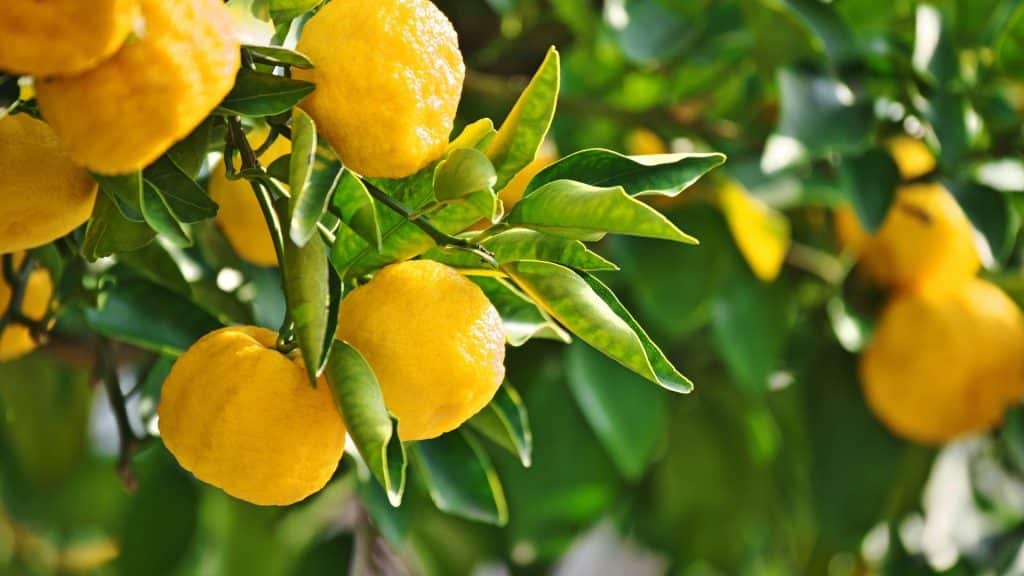Choosing the right citrus tree pruning services can make the difference between a tree that thrives and one that struggles. Pruning citrus trees isn’t just about appearances — it’s about protecting their health, promoting fruit production, and keeping pests at bay. While it might seem like a job you can knock over on the weekend, there’s more to it than meets the eye.
Many homeowners unknowingly damage their citrus trees through poor cuts, bad timing, or using the wrong tools. This can stunt growth, invite disease, or reduce your harvest for the season. It’s frustrating watching a once-healthy lemon or orange tree start to lose its spark because of one dodgy pruning job.
The good news? With professional help, your citrus trees can bounce back better than ever. Trained arborists understand how each citrus species responds to pruning, when to cut, and how to shape trees for both health and fruiting success. This guide will help you understand the risks of improper pruning and how to choose the right team to handle your citrus trees with care.
Why do citrus trees need professional pruning?
Citrus trees need more than a quick trim — they need thoughtful, species-specific care. Done right, pruning helps trees stay healthy and productive year-round.
- Pruning removes dead or diseased branches that sap a tree’s energy
- Correct cuts direct growth where it’s most beneficial for sunlight and airflow
- Shaping the canopy helps balance fruit production and branch strength
- Professionals can spot early signs of stress or disease
Without proper attention, citrus trees can grow wild and uneven, which often leads to more problems down the track. Choosing trusted tree pruning solutions for citrus varieties ensures you’re setting your trees up for
What happens if citrus trees are pruned incorrectly?
A poor pruning job does more than just spoil the look of your tree — it can do lasting harm. Incorrect pruning cuts or bad timing can expose trees to stress, infection, and nutrient loss.
- Harsh or uneven cuts can weaken structural integrity
- Pruning at the wrong time may strip developing fruit buds
- Open wounds left untreated become entry points for pests
- Over-pruning reduces the tree’s ability to photosynthesise properly
These issues often snowball, especially when ignored. In many cases, people only realise the damage when fruit yield drops or branches die off. It’s wise to review when to prune citrus trees for best results rather than risk long-term setbacks caused by poor technique.
Are unpruned citrus trees more vulnerable to pests?
Yes — overgrown citrus trees often become prime targets for insects and disease. Dense, neglected foliage creates a haven for pests while blocking airflow and trapping moisture.
- Pests thrive in shaded, overgrown areas where they’re harder to detect
- Fungus and mould spread more easily when branches lack ventilation
- Excessive growth may hide signs of infestation or rot
What’s worse, pests don’t usually stop at one tree. Left unchecked, they’ll hop across your garden like it’s a free buffet. It pays to manage your trees before it reaches that point. This is why how to manage overgrown backyard trees is a critical topic for home gardeners to explore.
How can citrus tree pruning services improve fruit yield?
A properly pruned citrus tree channels more energy into growing healthy, juicy fruit, not just excess branches and leaves.
- Removing deadwood reduces energy waste
- Better sunlight exposure boosts photosynthesis
- Balanced structure supports even fruit distribution
- Thinned branches prevent overcrowding and breakage
You’ll likely see better harvests and tastier fruit once your tree gets a good clean-up. This is especially true with older trees, which often need revitalising. If fruit quality or quantity has dropped, it’s time to look into proper maintenance for lemon tree pruning for more consistent outcomes.
What tools and timing work best for pruning citrus trees?
Citrus trees need careful handling, and that starts with using the right gear and knowing the ideal season.
- Use clean, sharp secateurs for small cuts and loppers for thicker branches
- Avoid electric trimmers that can tear or crush limbs
- Prune in late winter or early spring when the tree is less active
- Avoid pruning during frost or heat waves to reduce stress
Using blunt or dirty tools introduces disease. Pruning at the wrong time disrupts fruiting cycles. It’s important to understand seasonal pruning tips for citrus growers so you don’t accidentally do more harm than good.
Here’s a quick guide:
| Task | Best Tool | Recommended Timing |
| Small branch trimming | Secateurs | Late winter |
| Thick limb removal | Loppers or a hand saw | Early spring |
| Sucker or water shoot removal | Secateurs | As needed throughout the year |
Should you prune different citrus trees in different ways?
Absolutely — not all citrus trees play by the same rules. A technique that suits a lemon tree might not work for a mandarin or grapefruit.
- Lemons often grow vigorously and need more shaping
- Oranges respond well to thinning for airflow and light
- Mandarins require lighter cuts to preserve fruit buds
Knowing the difference avoids over-pruning or leaving too much growth behind. You don’t want to prune hard and realise you’ve wiped out next season’s fruit. Learning about pruning dos and don’ts for citrus trees can help you tailor your approach to each variety.
Final thoughts on choosing citrus tree pruning services
Choosing pruning services isn’t just about ticking a box — it’s about finding a crew who understands the unique quirks of citrus care. Look for teams that offer:
- Knowledge of local climate and soil conditions
- Clean, well-maintained tools and safe working practices
- Species-specific guidance tailored to your trees
- A history of working with fruiting trees, not just decorative ones
If you’re weighing up who to call, a helpful walkthrough from A1 Gardening & Landscaping Sydney can point you in the right direction without the hard sell.

